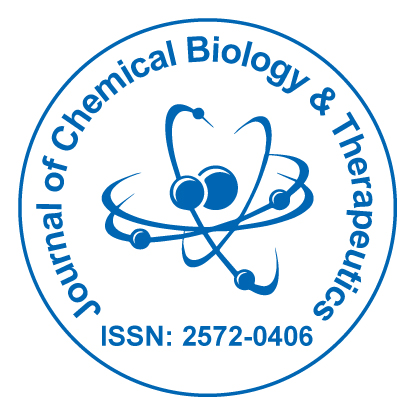Our Group organises 3000+ Global Conferenceseries Events every year across USA, Europe & Asia with support from 1000 more scientific Societies and Publishes 700+ Open Access Journals which contains over 50000 eminent personalities, reputed scientists as editorial board members.
Open Access Journals gaining more Readers and Citations
700 Journals and 15,000,000 Readers Each Journal is getting 25,000+ Readers
Indexed In
- RefSeek
- Hamdard University
- EBSCO A-Z
- Publons
Useful Links
Share This Page
Special Issue: Recent Advancement in Computational Biology
Editor:-

Dr. Lin Li
University of Texas at El Paso
United States
Due to the developments of computer hardware, computational algorithms and models, computational biology has been recognized as a more and more important approach to understand the biology phenomena [1,2]. Computational methods provide many details in wide ranges of space and time scales, which explain experimental data and predict more information. During the last ten years, many novel computational models and packages have been developed and improved. These computational tools are widely used in drug design, protein structure prediction, protein-protein complex structure prediction, simulations of biomolecules, etc. To access the current algorithms, several blind prediction challenges are provided periodically: Grand Challenge from D3R (Drug Design Data Resource) [3] aims to test and improve the drug design algorithms; CASP (Critical Assessment of Structure Prediction) [4] aims to access the protein structure prediction algorithms; CAPRI (Critical Assessment of PRediction of Interactions) [5] aims to access protein-protein complex prediction models; pKa-cooperative [6] aims to provide a forum for improving the pKa predictions, etc. These blind tests, as well as many other evidences, indicate that the computational biology algorithms and models are getting more accurate and powerful. Here we organize this special issue to demonstrate the developments and applications of current computational biology methods.
References
1. Nussinov R. (2015) Advancements and challenges in computational biology. PLoS computational biology 11: e1004053.
2. Li L, Wang L, Alexov E. (2015) On the energy components governing molecular recognition in the framework of continuum approaches. Frontiers in molecular biosciences 2.
3. Gathiaka S, Liu S, Chiu M, Yang H, Stuckey JA, et al. (2016) D3R grand challenge 2015: evaluation of protein–ligand pose and affinity predictions. Journal of computer-aided molecular design 30: 651-668.
4. Moult J, Fidelis K, Kryshtafovych A, Schwede T, Tramontano A. (2016) Critical assessment of methods of protein structure prediction: Progress and new directions in round XI. Proteins: Structure, Function, and Bioinformatics 84: 4-14.
5. Fleishman SJ, Whitehead TA, Strauch E-M, Corn JE, Qin S, et al. (2011) Community-wide assessment of protein-interface modeling suggests improvements to design methodology. Journal of molecular biology 414: 289-302.
6. Alexov E, Mehler EL, Baker N, M Baptista A, Huang Y, et al. (2011) Progress in the prediction of pKa values in proteins. Proteins: structure, function, and bioinformatics 79: 3260-3275.

 Spanish
Spanish  Chinese
Chinese  Russian
Russian  German
German  French
French  Japanese
Japanese  Portuguese
Portuguese  Hindi
Hindi